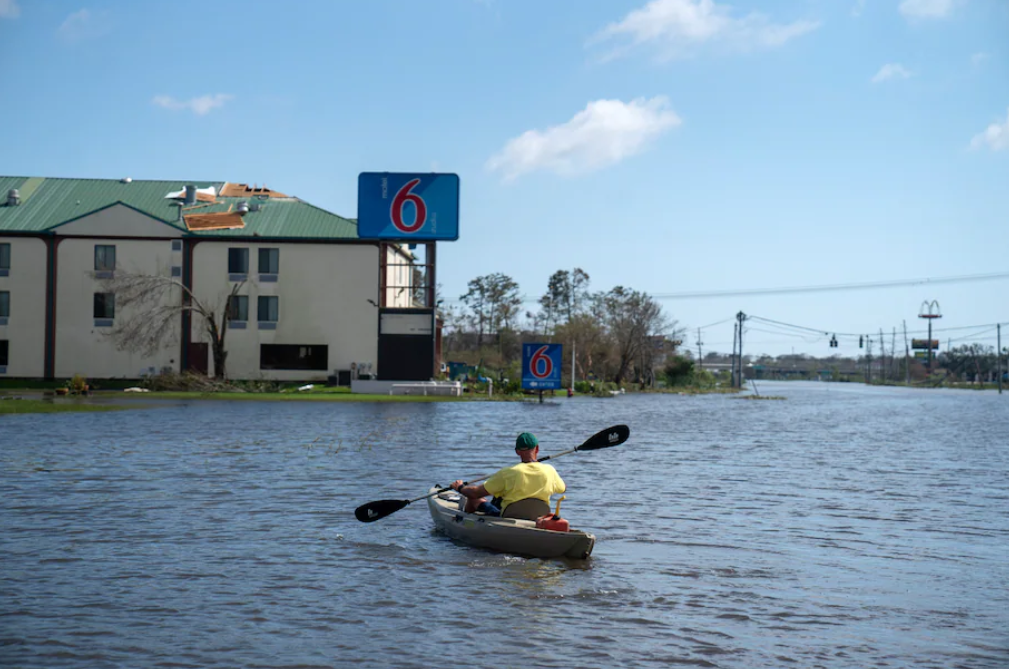By Mikael Wolfe, Washington Post
Cuba devised a system that minimizes death and destruction from hurricanes
As Hurricane Ida made landfall in Louisiana on Sunday, knocking power out to the entire city of New Orleans and beyond, many people nervously wondered, “Will Ida be another Katrina?” Katrina, of course, struck the city 16 years ago to the day that Ida hit. The disastrous federal response to Katrina by the George W. Bush administration combined with the failure to act on the long-standing knowledge that the city’s levees probably would be unable to resist an intense storm surge. Both failures contributed to the death of 1,833 people in the majority-Black city, hundreds of thousands of people displaced and more than $100 billion in property damage. Katrina was a national catastrophe that revealed an appalling lack of governmental disaster preparedness rooted in systemic racism.
Unfortunately, the Federal Emergency Management Agency’s record since Katrina, particularly under the Trump administration, has not improved much, as Hurricane Maria’s devastation of Puerto Rico in 2017 tragically reinforced.
This failure to learn from past mistakes stands in stark contrast to Cuba, which is also regularly battered by the same powerful hurricanes that, like Ida this past week, eventually reach the U.S. coastline.
After the 1959 revolution brought Fidel Castro to power, Cuba became a U.S. Cold War enemy — something made clear with the 1962 Cuban missile crisis that brought the world to the brink of nuclear war. But there was another event in October 1963 that is little remembered in the U.S.: Hurricane Flora, the first major hurricane to strike the island nation after Castro assumed power. One of the worst in Cuba’s history, its catastrophic effects prompted Castro to establish a civil defense system in 1966 that became a global model, according to the United Nations and the charitable development agency Oxfam International.
After killing as many as 5,000 people in Haiti, Flora barreled west into eastern Cuba on Oct. 4, 1963. Unlike Haiti’s U.S.-backed right-wing president, François Duvalier, Castro’s Communist government ordered residents living in the hurricane’s projected path to evacuate their homes, and if they were unable, to stay and prepare appropriately for the storm. And despite the Cold War divide, Cuban meteorologists worked closely with their U.S. counterparts projecting Flora’s course and then reporting on its actual path. Gordon E. Dunn, director of the Miami-based U.S. Weather Bureau, praised Cuban meteorologists for having “carefully surveyed the hurricane area and on the basis of the survey and hourly observations during the storm,” allowing them to determine its track.
Yet these efforts proved insufficient when the hurricane dumped more rain in 100 hours on the eastern provinces than the entire country had received during all of 1962. As a result, Castro, his brother Raúl, his Argentine comrade-in-arms Ernesto “Che” Guevara and other revolutionary leaders personally put themselves in harm’s way to lead rescue and relief operations for those who could not escape.
Seeking to combat the hurricane as if it were a human enemy, Castro wore a soldier’s helmet during rescue operations. He flew in an army helicopter that landed as close as possible to affected areas and then rode in — and sometimes even drove — amphibious vehicles to reach victims. In one harrowing moment, the overflowing La Rioja River nearly drowned him in his vehicle, but local peasants and soldiers rescued their leader just in time by attaching a tow cable to a tree to prevent his vehicle from sinking. One survivor of the hurricane recalled to me how Castro went “everywhere” to help victims, while another remembered that medical care was readily available in hospitals for her children when she needed it right after the storm.
These efforts mitigated the death toll that Flora’s fury inflicted (particularly compared with the horrific devastation in neighboring Haiti). Still, they were too little, too late. The storm finally passed on Oct. 8, 1963, and two weeks later Castro announced during an Oct. 21 news conference that 1,157 people had died, 176,490 had been evacuated, 11,103 had lost their homes and 21,486 had suffered damage to their homes — in a country with only 6 million people.
In classified reports, the CIA initially predicted that Castro’s regime would experience grave difficulties recovering from the catastrophe. Meanwhile, publicly in U.S. media, anti-Castro Cuban exiles hoped that the hurricane would cause Castro’s demise in ways that the 1961 Bay of Pigs invasion and years of covert CIA-sponsored sabotage operations had failed to do.
The predictions proved to be wrong, and the hope was in vain.
To the chagrin of exiles and the CIA, the Cuban government’s response to Flora helped to burnish Castro’s credentials as “comandante en jefe” (commander in chief) and revive his popularity. Indeed, as Guevara explained in his famous 1965 book “Socialism and Man,” “During the October [1962 missile] crisis and in the days of Hurricane Flora we saw exceptional deeds of valor and sacrifice performed by an entire people.” Guevara explained that “finding the method to perpetuate this heroic attitude in daily life is, from the ideological standpoint, one of our fundamental tasks.”
This was a difficult task, even for an authoritarian government. But the Civil Defense System established in 1966 proved up to the challenge, successfully harnessing the social power of the revolution for relief and rescue operations during and after natural disasters. It coordinates annual drills on a national level, promotes education and oversees communication, from early warnings and emergency alarms to forced evacuations before storms strike followed by guidance for recovery afterward.
These efforts have created, according to an independent study on Cuban disaster preparedness, “an innate culture of hurricanes, resilience and safety,” ensuring “that the population is aware of the country’s risk reduction system, educated in risk consciousness and disaster mitigation, able to use the lifeline structures in an emergency and actively participate in disaster preparation.” As one ordinary Cuban interviewed in the study put it, “We have a history, every Cuban knows what to do. … We say that every Cuban person is a meteorologist.”
The result? Disaster preparation in Cuba has been successful at saving lives. For instance, in 2004 Hurricane Jeanne killed 3,000 people in Haiti but none in Cuba, even though Cuba was struck harder. Jeanne was not exceptional: the large discrepancy in casualties between Cuba and other developing countries is attributable to the Civil Defense System. The U.N. emergency relief coordinator has called Cuba “number one … in having people respond responsibly when there is an alert for a hurricane in the region.” Even a more critical FEMA analysis acknowledged that Cuba “has a strong record when it comes to certain features of disaster preparedness and response.” Indeed, according to a former U.S. diplomat, Cuba’s record compares favorably with FEMA, which oversaw 15 times more deaths from hurricanes than Cuba from 2005 — the year that Katrina struck New Orleans — to 2015.
As of this writing, Hurricane Ida appears not to have become another Katrina. Fortunately, the levees of New Orleans held up after the U.S. government invested billions of taxpayer dollars to repair and replace them — in this capacity, the U.S. government did its job to invest in the necessary infrastructure to protect people from the storm.
And yet, millions of Louisianans and Mississippians will be without power for weeks due to, in the words of Jefferson Parish president, a “system breakdown.” To further minimize the loss of life and property from increasingly extreme storms exacerbated by climate change, the United States needs a better systemic approach — one that could learn a lot from the historical success of Cuba’s Civil Defense System. While Cuba unfortunately remains a nemesis thanks to a continued Cold War mentality by Democrats and Republicans alike, in this area at least the United States would be wise to actively and directly cooperate with Cuba — both because many of the same hurricanes strike both countries, but also because Cuban authorities have a long and successful history of managing such disasters.

